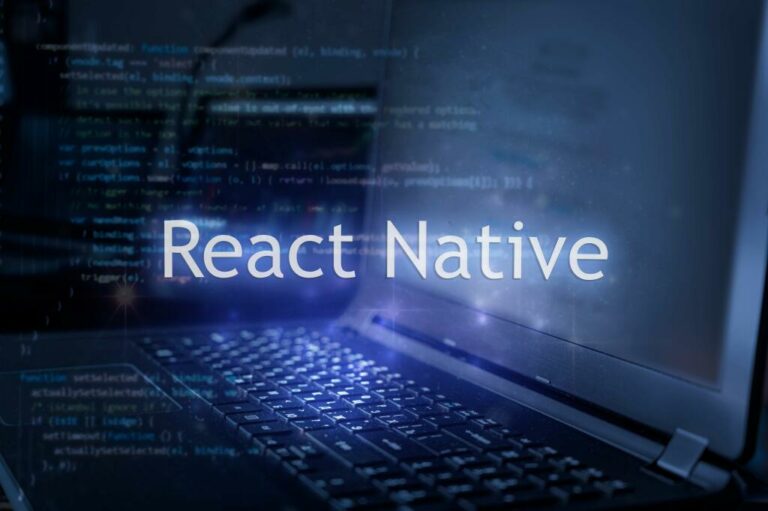Most Java projects using thread pools and platform threads will benefit from switching to virtual threads. Candidates include Java server software like Tomcat, Undertow, and Netty; and web frameworks like Spring and Micronaut. I expect most Java web technologies to migrate to virtual threads from thread pools.
- Such a code base would be better, clearer, more obvious to comprehend if explicit limiting/throttling mechanisms were utilized.
- From that perspective, I don’t believe Project Loom will revolutionize the way we develop software, or at least I hope it won’t.
- “Conservative was first — they are not looking to upset any of the existing Java programmers with features that are going to break a lot of what they do. But they are looking to do some innovation.”
- The code says that it no longer wishes to run for some bizarre reason, it no longer wishes to use the CPU, the carrier thread.
- Already, Java and its primary server-side competitor Node.js are neck and neck in performance.
- First, let’s see how many platform threads vs. virtual threads we can create on a machine.
Still, while code changes to use virtual threads are minimal, Garcia-Ribeyro said, there are a few that some developers may have to make — especially to older applications. Virtual threads, as the primary part of the https://www.globalcloudteam.com/ Project loom, are currently targeted to be included in JDK 19 as a preview feature. If it gets the expected response, the preview status of the virtual threads will then be removed by the time of the release of JDK21.
Loom and the future of Java
But, even if that were a win experienced developers are a rare(ish) and expensive commodity; the heart of scalability is really financial. A simple, synchronous web server will be able to handle many more requests without requiring more hardware. In modern Java, we generally do not address threads directly. Instead, we use the Executors framework added years ago in Java 5. I understand that Netty is more than just Reactive/Event Loop framework, it also has all the codecs for various protocols, which implementations will be useful somehow anyway, even afterwards.

This change makes Future’s .get() and .get(Long, TimeUnit) good citizens on Virtual Threads and removes the need for callback-driven usage of Futures. Virtual threads under Project Loom also require minimal changes to code, which will encourage its adoption in existing Java libraries, Hellberg said. As the suspension of a continuation would also require it to be stored in a call stack so it can be resumed in the same order, it becomes a costly process. To cater to that, the project Loom also aims to add lightweight stack retrieval while resuming the continuation. The only difference in asynchronous mode is that the current working threads steal the task from the head of another deque.
Project Loom’s Virtual Threads
User threads and kernel threads aren’t actually the same thing. User threads are created by the JVM every time you say newthread.start. Kernel threads are created and managed by the kernel. In the very prehistoric days, in the very beginning of the Java platform, there used to be this mechanism called the many-to-one model. The JVM was actually creating user threads, so every time you set newthread.start, a JVM was creating a new user thread.

Given its a VM level abstraction, rather than just code level (like what we have been doing till now with CompletableFuture etc), It lets one implement asynchronous behavior but with reduce boiler plate. To give some context here, I have been following Project Loom for some time now. Project Loom has revisited all areas in the Java runtime libraries that can block and updated the code to yield if the code encounters blocking. Java’s concurrency utils (e.g. ReentrantLock, CountDownLatch, CompletableFuture) can be used on Virtual Threads without blocking underlying Platform Threads.
What Loom Addresses
Because what actually happens is that we created 1 million virtual threads, which are not kernel threads, so we are not spamming our operating system with millions of kernel threads. The only thing these kernel threads are doing is actually just scheduling, or going to sleep, but before they do it, they schedule themselves to be woken up after a certain time. Technically, this particular example could easily be implemented with just a scheduled ExecutorService, having a bunch of threads and 1 million tasks submitted to that executor. It’s just that the API finally allows us to build in a much different, much easier way. Despite the slower performance of the virtual threading compared to Kotlin’s coroutines, it is important to remember that the Project Loom code is very new and “green” compared to the Kotlin Coroutine library. This means that the performance of the virtual threading functionality is bound to improve in the future, including compared to Kotlin’s coroutines.

This means the task will be suspended and resume in Java runtime instead of the operating system kernel. A continuation is an actual task to be performed. It consists of a sequence of instructions to be executed. Every continuation has an entry point and a yield (suspending point) point.
Java 19 Delivers Features for Projects Loom, Panama and Amber
The implications of this for Java server scalability are breathtaking, as standard request processing is married to thread count. In this article, we’ll explain more about threads and introduce Project Loom, which supports high-throughput and lightweight concurrency in Java to help simplify writing scalable software. And yes, it’s this type of I/O work where Project Loom will potentially shine. Almost every blog post on the first page of Google surrounding JDK 19 copied the following text, describing virtual threads, verbatim.

Instead, it gives the application a concurrency construct over the Java threads to manage their work. One downside of this solution is that these APIs are complex, and their integration with legacy APIs is also a pretty java project loom complex process. The solution is to introduce some kind of virtual threading, where the Java thread is abstracted from the underlying OS thread, and the JVM can more effectively manage the relationship between the two.
Please use the OpenJDK JDK
You don’t pay the price of platform threads running and consuming memory, but you do get the extra price when it comes to garbage collection. The garbage collection may take significantly more time. This was actually an experiment done by the team behind Jetty.
The use of asynchronous I/O allows a single thread to handle multiple concurrent connections, but it would require a rather complex code to be written to execute that. Much of this complexity is hidden from the user to make this code look simpler. Still, a different mindset was required for using asynchronous I/O as hiding the complexity cannot be a permanent solution and would also restrict users from any modifications.
Featured in AI, ML & Data Engineering
Such existing code should not be blindly switched to virtual threads. The reason I’m so excited about Project Loom is that finally, we do not have to think about threads. When you’re building a server, when you’re building a web application, when you’re building an IoT device, whatever, you no longer have to think about pooling threads, about queues in front of a thread pool. At this point, all you have to do is just creating threads every single time you want to. It works as long as these threads are not doing too much work.
